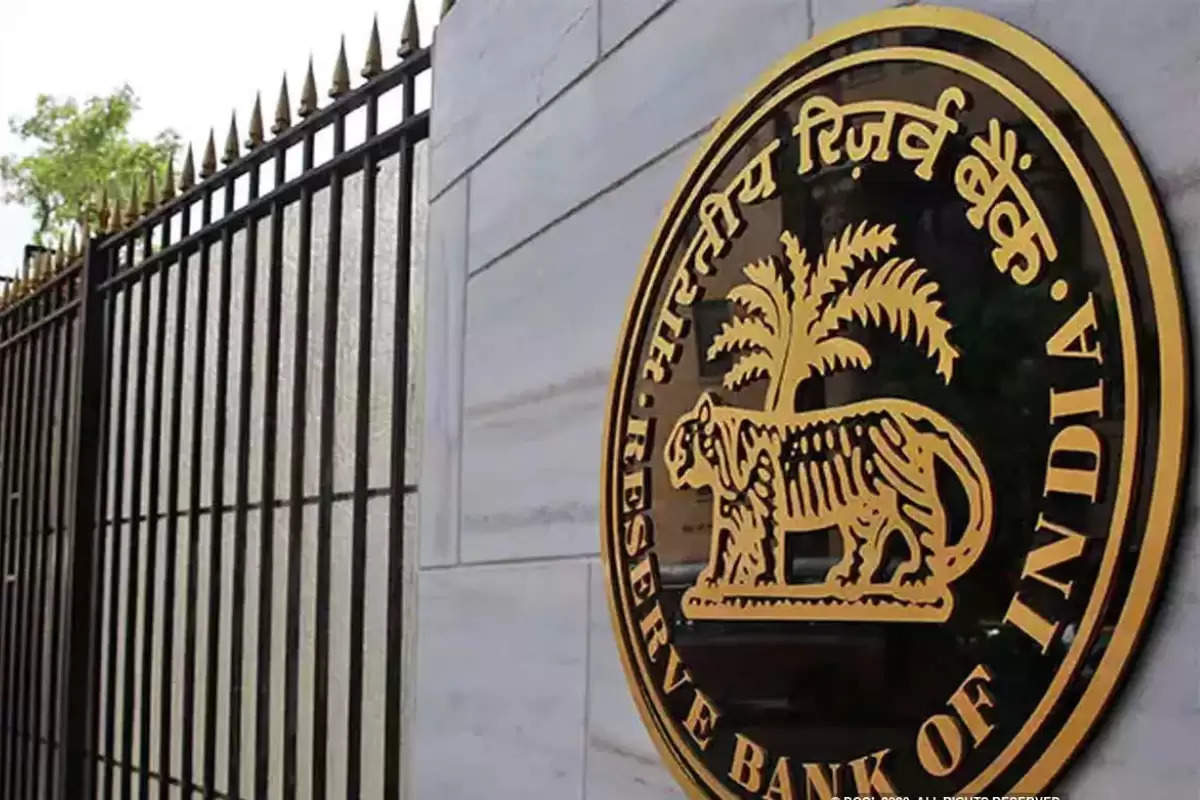RBI dividends to Modi's administration might quadruple, reducing the fiscal imbalance.

Due to revaluation gains and earnings from selling dollars, the Reserve Bank of India board may opt to nearly double its dividend to the government from official estimates, which might assist close the fiscal deficit.
The surplus transfer was estimated by Bloomberg to be worth 900 billion rupees ($10.9 billion) for the fiscal year that ended in March, vs the government's own estimate of 480 billion rupees, which takes into account earnings from state-controlled banks. The RBI approved a dividend of 303.1 billion rupees last year, the smallest in ten years.
In light of rising interest rates and declining global demand, the RBI board is scheduled to convene on Friday. A larger dividend distribution will support revenues in the run-up to the 2024 general election and help Prime Minister Narendra Modi's administration with its goal of reducing the fiscal deficit from 6.4% of GDP to 5.9% of GDP in the current fiscal year.
According to people familiar with the situation, the government anticipates the RBI to transfer a considerably greater dividend, which will aid in lowering its market borrowing, Bloomberg reported on Thursday.
According to Madhavi Arora, economist at Emkay Global Financial Services, "gains from the nearly record gross foreign exchange sales in fiscal year 2022-23 would be the key driver of larger surplus." According to her, the dividend may provide an extra 0.2% of GDP in revenue, which could partially offset bond losses, make up for weaker tax collections, and hasten the divestiture process.
The Reserve Bank of India (RBI) pays an annual dividend to the government out of the excess revenue it receives from investments, fluctuations in the value of its foreign exchange reserves (including the dollar), and fees from issuing currency notes. It must keep its contingency risk buffer within the range of 5.5% to 6.5% of its balance sheet.
Bloomberg surveyed economists who predicted that the dividend will be between 525 billion and 1.65 trillion rupees. The highest estimate exceeds the central bank's record dividend transfer of $1.23 trillion for the 2018–19 fiscal year.
With statistics indicating that $206.4 billion of the currency was sold in the 11 months leading up to February of the previous fiscal year, the RBI began a large dollar sale campaign presumably for currency intervention. When compared to the entire fiscal year 2021–2022, this came to $96.7 billion.
According to Gaura Sen Gupta, an economist at IDFC First Bank, the RBI likely bought the dollar during the previous fiscal year at a rate of about 62.7 rupees per dollar and sold it at a rate of 81–82 rupees, generating as much as 690 billion rupees via currency exchange transactions.
A stronger dollar generates a revaluation gain that can also be used to augment the transfer because the central bank's balance sheet is denominated in rupees.
According to Arora, the RBI's balance sheet likely grew by about 2% in the most recent fiscal year, at its slowest rate since the implementation of demonetization in 2016–17, and is down from 9% expansion the year prior as a result of the system's ample liquidity reducing the need for bond purchases from the markets.
Nevertheless, Abhishek Upadhyay, an economist at ICICI Securities Primary Dealership Ltd., suggested that the value of the foreign bonds owned by the RBI was likely reduced by rising interest rates globally, resulting in nominal losses that reduced earnings.
This loss will need to be charged directly to the contingency reserves that are a part of the RBI realised equity because there is no longer a cushion in the interest rate revaluation account for foreign securities, Upadhyay added.
The fact that India's foreign exchange reserves have remained below $600 billion for the past 13 months, despite portfolio inflows and currency advances versus the dollar, has led some analysts to advise against increasing dividend payouts.
Siddharth Kothari, an economist with Sunidhi Consultancy Services, said that the question is moot. "The moot point would be to gauge whether RBI draws comfort from distributing higher dividend purely out of revaluation reserves owing to rupee weakness or shows prudence at a time when in reality foreign exchange reserve kitty has declined over the year."
.png)